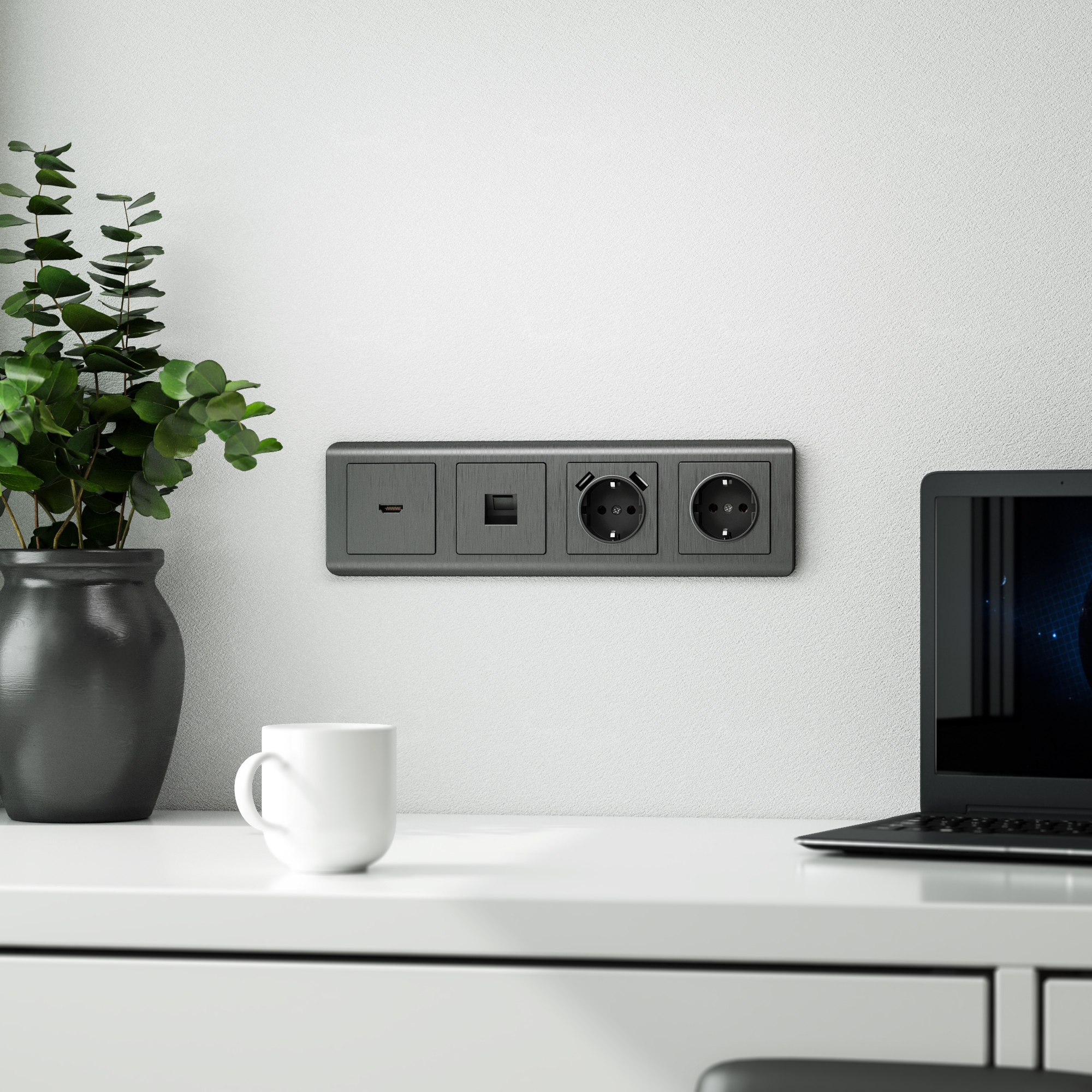
How to Troubleshoot Common Electrical Problems in Your Home Oct 09, 2025
Start by identifying the issue. Is there a persistent flickering light, a tripped circuit breaker, or an outlet that isn’t working? Knowing the symptoms is essential in narrowing down the cause. For instance, flickering lights can indicate loose wiring or a defective bulb, while a tripped breaker might suggest an overloaded circuit or a short circuit.
For flickering lights, the first step is to ensure the bulb is properly screwed into the socket. Sometimes, simply tightening the bulb is enough to solve the problem. If that doesn’t help, try replacing it with a new one. If flickering persists, it may indicate a deeper wiring issue or a problem with the fixture itself, requiring professional attention.
When dealing with tripped circuit breakers, first check which devices are connected to the circuit in question. Unplugging any devices or reducing the load can solve the issue if the circuit is overloaded. To reset the breaker, locate your electrical panel and switch the tripped breaker back to the “on” position.
A non-functioning outlet can be frustrating, but checking other outlets can provide a clue. If multiple outlets are out, you’re likely dealing with a tripped GFCI outlet. Ground Fault Circuit Interrupter (GFCI) outlets are commonly found in kitchens and bathrooms to protect against electrical shock. First, identify and reset the GFCI outlet by pressing the reset button. If this doesn’t restore power, there could be a wiring problem or a faulty GFCI outlet that needs replacing.
If you're comfortable with using a multimeter, it can be a valuable tool in identifying where electrical issues may be rooted. For those less familiar, a multimeter can test outlet voltages and confirm continuity, assisting in pinpointing problems like broken wires or faulty switches.
Always remember, safety first. Before doing any electrical troubleshooting, make sure circuit power is off to prevent shock. If you encounter burnt smells, buzzing sounds, or are unsure of the problem, contact a professional electrician to avoid hazardous situations.
Even small electrical problems should not be ignored as they can signify deeper issues within your home’s electrical system. Today, homes often demand more electricity than ever before, leading to potential stresses on wiring systems not originally designed to handle them. Being proactive about maintenance and repairs is crucial.
While many common issues have simple DIY solutions, knowing when to call an expert like the team at Luke’s Electrical Service is vital. Our trained electricians provide thorough inspections and quality repairs to ensure the safety and efficiency of your home’s electrical system.
Luke’s Electrical Service is committed to helping you maintain a safe and efficient household. By understanding the basics of troubleshooting, you can resolve minor issues and be aware of when expert intervention is required. Whether you're dealing with flickering lights or a problematic outlet, remember that taking the right steps can protect your home and enhance your peace of mind.
/filters:no_upscale()/media/3dd52e6c-039b-4b51-b5cb-bde160d63344.jpeg)
/filters:no_upscale()/filters:format(webp)/media/a315b234-83ab-4950-aaef-7d6f51360229.jpeg)